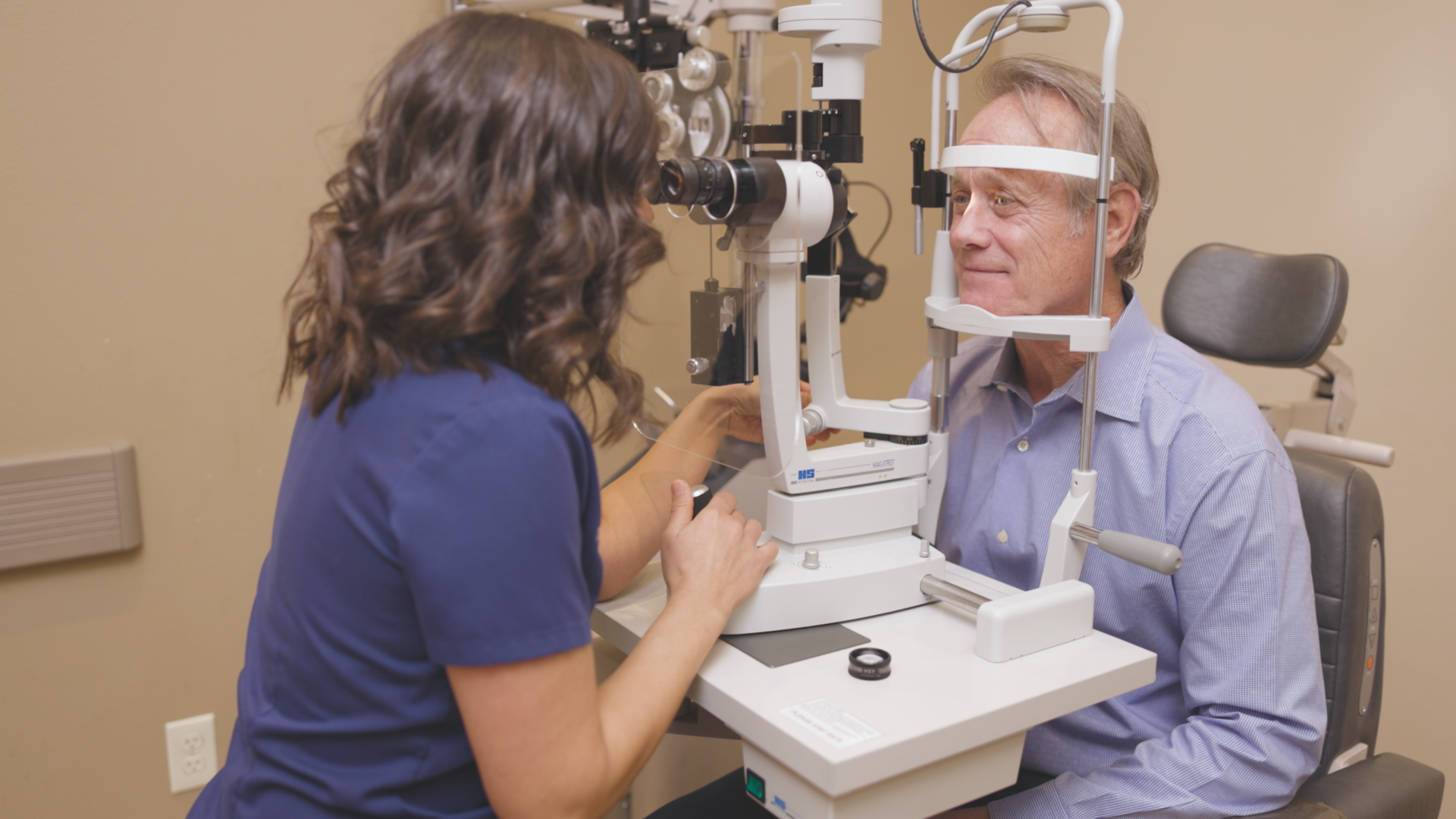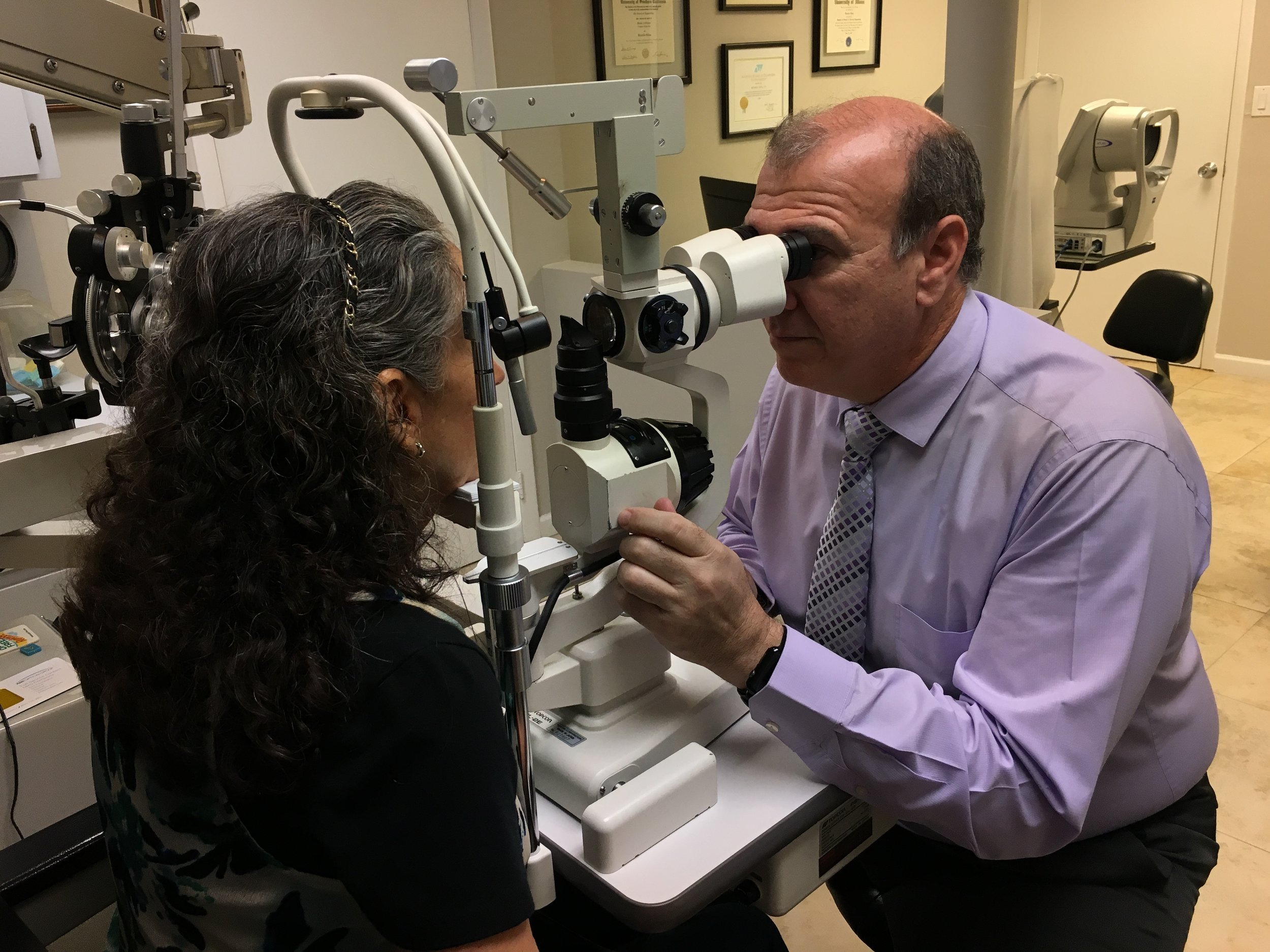Experience Personalized Care with Opticore Optometry in Chino
Experience Personalized Care with Opticore Optometry in Chino
Blog Article
Checking Out the most up to date Technical Improvements in Optometry and What They Mean for Optometrists
In the ever-evolving area of optometry, recent technical improvements are reshaping just how professionals approach eye care. From the accuracy of Optical Coherence Tomography to the nuanced understandings provided by AI-driven analysis tools, these advancements are setting brand-new standards in individual assessment and therapy. Teleoptometry is poised to redefine access, making sure that competence transcends geographical restrictions. As these improvements permeate the technique, optometrists are faced with the obstacle of embracing these devices to boost client end results. The concern stays: just how will these technological shifts redefine the functions and duties within the occupation?
Advancements in Diagnostic Equipment
Advancing the area of optometry, technologies in diagnostic tools have actually changed the method eye care professionals assess and detect ocular problems and visual impairments. The previous decade has actually experienced significant technical improvements, enabling even more thorough and precise evaluations.
Another secret innovation is the intro of advanced corneal topography systems, which map the surface area curvature of the cornea with precision. These devices are specifically helpful for fitting get in touch with lenses and detecting corneal conditions. In addition, digital retinal imaging has changed traditional ophthalmoscopy, providing thorough, panoramic views of the retina that assist in thorough visual assessments.
The development of wavefront aberrometry has likewise been critical, making it possible for the analysis of refractive errors with unmatched accuracy (Optometrist Chino). This technology assists in personalizing corrective lenses and enhancing surgical results for refractive surgical treatments. Jointly, these analysis innovations encourage optometrists to deliver exceptional client care, guaranteeing early intervention and tailored treatment techniques, eventually enhancing aesthetic health end results
AI in Patient Management
Building on the foundation of advanced diagnostic devices, the consolidation of man-made intelligence (AI) in client management stands for a transformative jump for optometry. AI systems are progressively employed to boost effectiveness, accuracy, and customization in individual care. By assessing substantial amounts of data, AI can identify patterns and forecast prospective ocular problems, allowing optometrists to tailor treatments better. This ability is important in handling chronic eye diseases such as glaucoma and diabetic person retinopathy, where early detection and constant monitoring are vital.
Furthermore, AI-driven systems help with structured individual communications and management procedures. Automated organizing, virtual consultations, and customized follow-up strategies not only enhance person fulfillment but likewise maximize time monitoring for specialists. These systems can triage individuals based upon the urgency of their conditions, making certain that those in crucial requirement obtain prompt attention.
Moreover, AI boosts decision-making by providing optometrists with evidence-based suggestions and therapy paths. By incorporating data from electronic health and wellness documents, AI devices supply insights that inform medical decisions, lowering the threat of mistakes and improving patient outcomes. As AI proceeds to progress, its function in individual monitoring will likely increase, improving the landscape of optometric treatment.
Breakthroughs in Retinal Imaging
In the world of optometry, retinal imaging has actually seen remarkable technical improvements that are enhancing analysis abilities and patient treatment. Developments such as Optical Coherence Tomography (OCT) and fundus digital photography have transformed how eye doctors imagine and assess the retina.
Enhanced imaging techniques like OCT angiography are more refining diagnostic accuracy. Eye Doctor. Such innovations facilitate the identification of min retinal changes that might symbolize disease progression.
In addition, advancements in expert system are augmenting retinal imaging by allowing automatic evaluation of huge datasets. These systems assist optometrists in determining patterns a sign of pathology, therefore enhancing diagnostic accuracy and effectiveness. Jointly, these technologies are transforming retinal imaging into a keystone of modern eye treatment, enhancing results and expanding healing possibilities.
Teleoptometry's Expanding Role
Teleoptometry is significantly coming to be a vital component of eye care, driven by advancements in digital communication and analysis devices. As optometry welcomes electronic improvement, teleoptometry assists in remote examinations, enabling optometrists to extend their services past typical borders. This is specifically beneficial in rural and underserved areas where access to specialized eye treatment is frequently limited. By leveraging high-resolution video conferencing and progressed retinal imaging, eye doctors can carry out extensive eye exams from afar, making certain prompt diagnosis sites and therapy.
The combination of expert system (AI) additional enhances teleoptometry, enabling the analysis of aesthetic data and aiding in the discovery of ocular conditions such as glaucoma and diabetic retinopathy. AI-powered algorithms can quickly interpret intricate imaging data, providing optometrists with beneficial insights that strengthen medical decision-making.
Moreover, teleoptometry sustains connection of care via seamless combination with digital health and wellness documents (EHRs), allowing optometrists to keep extensive person histories. This makes sure that people get regular and individualized treatment also when consulting with various practitioners.
In spite of these benefits, obstacles remain, including guaranteeing information protection and managing patient expectations. Teleoptometry stands for a substantial stride towards more accessible, efficient, and patient-centered eye care. As innovation progresses, its function is positioned to broaden additionally.

Future Fads in Eye Treatment
A myriad of ingenious patterns is readied to reshape the future of eye treatment, driven by technical improvements and the progressing requirements of clients. One considerable trend is the integration of expert system (AI) in diagnostics, which guarantees to enhance the precision and effectiveness of eye evaluations. AI algorithms can assess vast quantities of information from retinal images, possibly detecting problems like diabetic retinopathy and glaucoma earlier than traditional approaches.
Additionally, customized medicine is obtaining traction in optometry, with hereditary testing informing tailored treatment strategies. This technique aims to maximize client outcomes by customizing interventions to specific genetic accounts. Wearable technology, such as clever get in touch with lenses, is also on the perspective, providing real-time monitoring of intraocular stress or glucose degrees, thus providing constant understandings into systemic and ocular wellness.
The adoption of enhanced reality (AR) and online fact (VIRTUAL REALITY) in training and client education and learning is another emerging fad. These innovations supply immersive experiences that can enhance understanding and skills both for eye doctors and clients. As these patterns progress, optometrists should remain abreast of technical developments to supply advanced treatment, making sure enhanced patient results and contentment in the vibrant landscape of eye treatment.
Conclusion

Jointly, these diagnostic developments encourage eye doctors to deliver superior individual care, ensuring very early intervention and customized treatment strategies, inevitably enhancing visual wellness results.

As these innovations proceed to develop, eye doctors have to adapt and incorporate them into technique, inevitably optimizing process performance and boosting the standard of eye care provided to individuals.
Report this page